Pheochromocytoma Size
Pheochromocytoma Market Growth Projections and Opportunities
The rarity of pheochromocytoma, a rare tumor that originates in the adrenal glands, is a significant factor influencing the market. Limited prevalence leads to unique challenges in terms of diagnosis, treatment, and research, shaping the dynamics of the pheochromocytoma market. Progressive development of imaging procedures including computed tomography(CT )scans, magnetic resonance imaging (MRI) or positron emission tomography (PET) scans is one of the factors facilitating better pheochromocytoma detection and diagnosis. Advanced imagery facilitates proper spotting and profiling tumors thus impacting the market in a positive manner. Genetic inheritance of a pheochromocytoma is further driven by MEN and VHL with the phenotype as well as by certain genetic syndromes linked to the adrenal gland. Genetic disposition leads to the need for routine screening programmes hence increased demand for diagnostic tests that relate to pheochromocytoma. Pheochromocytoma frequently shows hypertensive, palpitation, and sweating owing to similar presentations of symptoms other diseases which potentially restrict its diagnosis. The nature of discovering pheochromocytoma adds to the disorders, postponing the analysis as well as because of this, challenging the specific market, landscape. With regards to pheochromocytoma, surgical extirpation of the tumor holds the first place in the treatment. The market is driven by the need for surgical interventions which include minimally invasive procedures owing to the fact that patients require effective and efficient interventions that speedily manage the condition and its concomitant symptoms. Pheochromocytoma management by both endocrinologists and oncologists is essential. The consequent of these combinations yields in strategies for treatment, patient care, and market dynamics that have been intertwined by the skills of these specialties. Advocacy campaigns and a higher level of awareness of the patients about pheochromocytoma also facilitate the early detection as well as allow for the more effective management of the disease. Patient support groups and awareness campaigns are involved in proactive behavioural investment in the healthcare system, a factor that leads to the market of healthcare-seeking the behaviour. Healthcare infrastructure with state of the art diagnostic unit has an impact on pheochromocytoma market. Geographical areas that have well-developed healthcare services and easily accessible diagnostic facilities show higher levels of early detection and treatment thereby defining market trend patterns.
The rarity of pheochromocytoma poses challenges in conducting large-scale clinical trials for new treatments. The limited patient pool affects the pace of drug development, and overcoming these challenges is crucial for introducing novel therapeutic options and expanding the market.
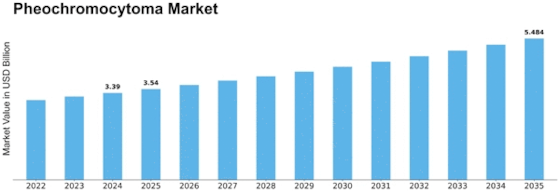

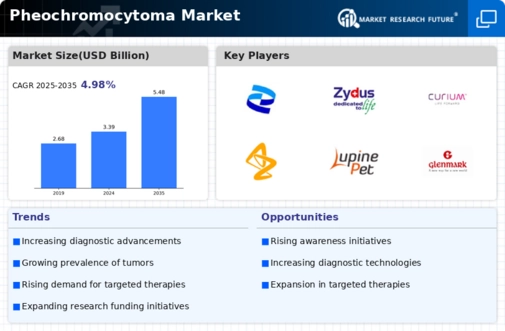
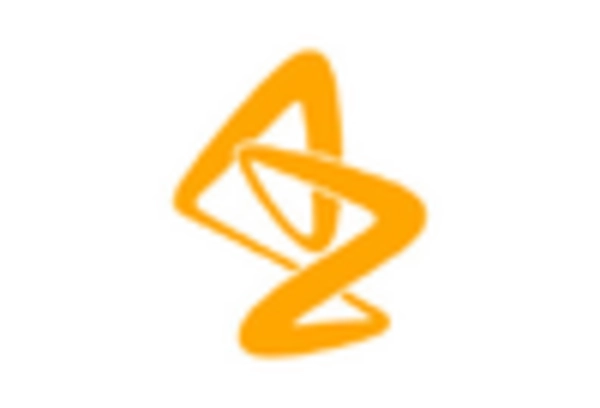
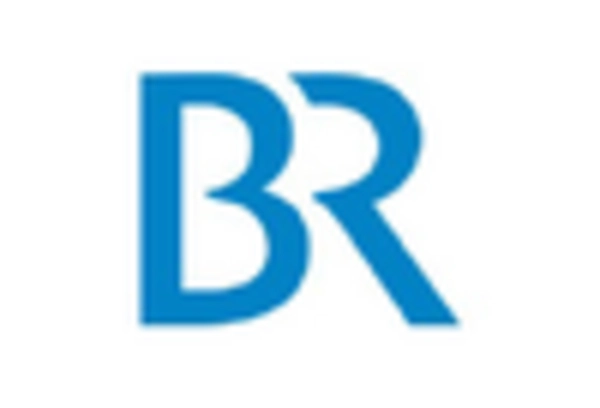

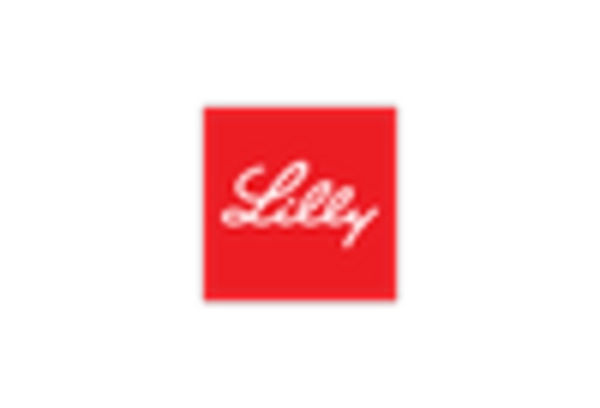











Leave a Comment